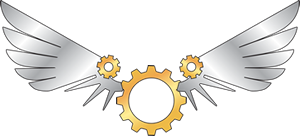Great line, not so great feel for a pencil
I watch too many how to draw YouTube videos. One video features a guy from England and he uses Derwent brand pencils. So the other day I was in the arts and crafts store and they sold Derwent brand pencils. I picked up a couple, 2B, 4B and a 6B. They make a OK to good line but the pencil just doesn’t feel right. The paint on the pencil is thin and you can feel the lumps bumps and grain of the wood under the paint and you can see and feel any manufacturing defects in the wood. After so many years of using a yellow number 2 Dixon Ticonderoga with its heavy slick coat of paint the Derwent feels rough. The Derwent also feel lighter than pencils I’m use to. Derwents do sharpen well. I’m back to using the 25 year old Skilcraft 0.7 mechanical pencil.
